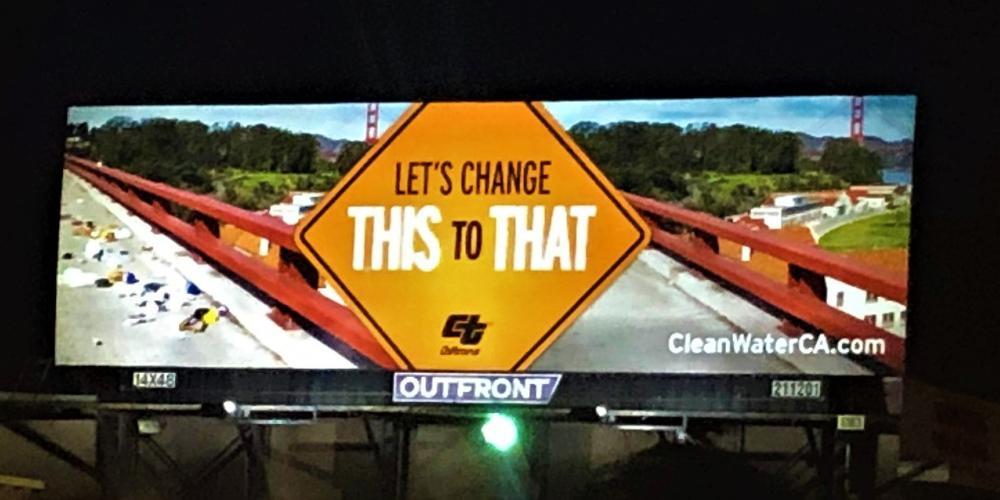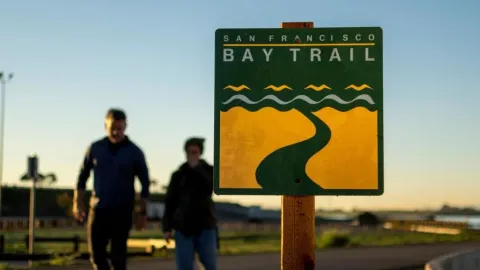
As part of its “Let’s Change This to That” public education campaign, Caltrans is sharing the top sources of stormwater pollution and ways to prevent them from contaminating California’s waterways.
As stormwater travels into storm drains, it captures pollutants from highways, streets, sidewalks and yards that flow into waterways. The top six pollutants have an outsized impact on the water quality of lakes, rivers, streams and the ocean, Caltrans notes.
The San Francisco Estuary Partnership is also looking at stormwater. Its Green Streets, Stormwater Spine, Urban Greening and other projects address the issue.
The following lists the top six pollutants and actions to stop them at the source:
- Trash and litter: Properly secure items in truck beds and put trash and recycling in the correct bin.
- Sediments: Prevent soil erosion by using mulch in the garden, planting trees and shrubs, and sweeping driveways instead of hosing them off.
- Nutrients: Avoid overfertilizing lawns and plants and limit vegetation waste by keeping fallen leaves out of storm drains.
- Bacteria: Limit pet and RV waste by picking up after pets and using appropriate RV dumping stations.
- Metals: Regularly check tire pressure, change oil and fluids, and use commercial car washes to prevent metals generated from vehicle, tire, and brake wear from ending up on highways.
- Pesticides: Use organic pesticides and properly dispose of unused portions.
Caltrans is tasked with managing stormwater runoff and mitigating pollution within its 350,000 acres of right of way, which includes more than 15,000 centerline miles of highways. This effort involves picking up roadside litter and clearing out storm drains to preserve roadway safety and drivability during all types of weather conditions.



Submit your comment
In order to receive a reply to your comment, please provide an email address.